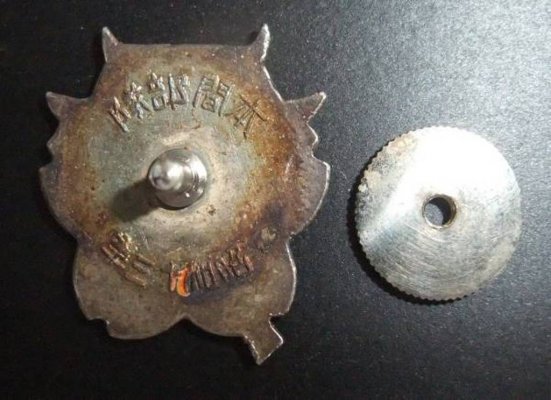The Battle of Wuhan (武漢之戰), popularly known to the Chinese as the Defense of Wuhan, and to the Japanese as the Capture of Wuhan, was a large-scale battle of the Second Sino-Japanese War. Engagements took place across vast areas of Anhui, Henan, Jiangxi, Zhejiang, and Hubei provinces over a period of four and a half months. It was the longest, the largest, and arguably the most significant battle in the early stages of the Second Sino-Japanese War. More than one million National Revolutionary Army troops from the Fifth and Ninth War Zone were put under the direct command of Chiang Kai-shek, defending Wuhan from the Central China Area Army of the Imperial Japanese Army led by Shunroku Hata. Chinese forces were also supported by the Soviet Volunteer Group, a group of volunteer pilots from Soviet Air Forces.
Although the battle ended with the eventual capture of Wuhan by the Japanese forces, it resulted in heavy casualties on both sides, as high as 1.2 million combined by some estimates. With the Japanese suffering their heaviest losses of the war, they decided to divert their attention to the north, which prolonged the war until the attack on Pearl Harbor. The end of the battle signaled the beginning of a strategic stalemate in the war, shifting from large pitched battles to localized struggles.






